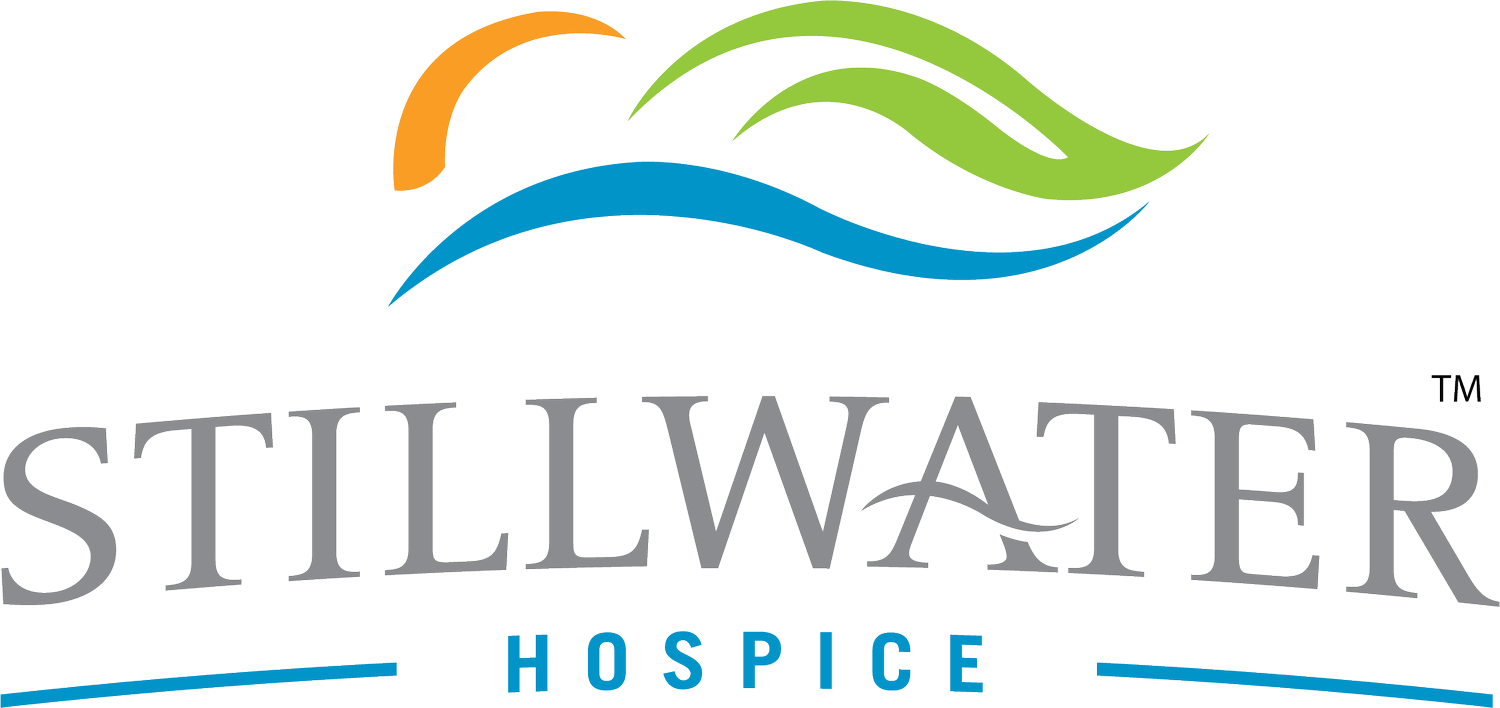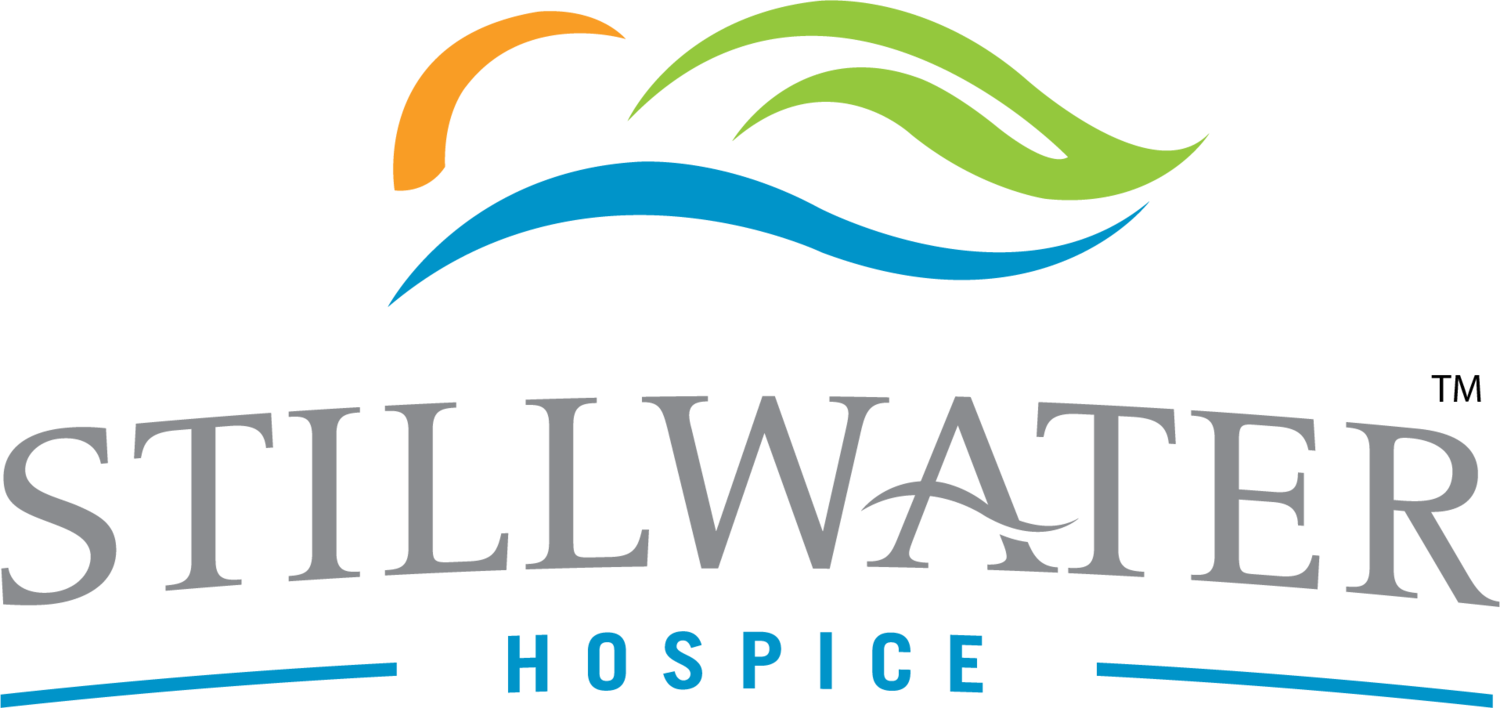F.A.S.T. Stroke Warning Signs
Spotting a Stroke and Taking Action
When it comes to recognizing a stroke, every second counts. Time is of the essence, and knowing the warning signs can be crucial in ensuring a person receives prompt medical attention. That's where the F.A.S.T. acronym becomes invaluable. Let's delve deeper into each component:
F = Face Drooping: One of the most recognizable signs of a stroke is the drooping or numbness of one side of the face. To check for this, ask the person to smile. Is their smile uneven or lopsided?
A = Arm Weakness: Another standard indicator is weakness or numbness in one arm. Encourage the person to raise both arms. Does one arm drift downward involuntarily?
S = Speech Difficulty: Slurred speech or difficulty articulating words can be a telltale sign of a stroke. Pay attention to speech abnormalities or challenges in understanding the person's words.
T = Time to Call 911: A stroke is a medical emergency, and swift action is crucial. If you observe any of the symptoms mentioned above, do not hesitate to call 911 immediately. Remember to note when the symptoms first appeared, as this information can be vital for medical professionals.
But the warning signs of a stroke don't end there. In addition to F.A.S.T., other sudden symptoms warrant immediate attention:
Numbness or Weakness: Particularly on one side of the body.
Confusion: Difficulty comprehending or communicating.
Vision Problems: Blurred or impaired vision in one or both eyes.
Difficulty Walking: Loss of balance, dizziness, or coordination issues.
Severe Headache: Especially if it arises suddenly and without an apparent cause.
When it comes to strokes, time is of the essence. Acting swiftly can significantly improve the chances of a positive outcome, potentially preventing long-term disability or saving a life. By familiarizing yourself with these warning signs and taking prompt action, you can play a vital role in ensuring individuals experiencing a stroke receive the urgent medical attention they need. Let's join forces to prioritize stroke awareness and empower ourselves to impact our communities positively.


